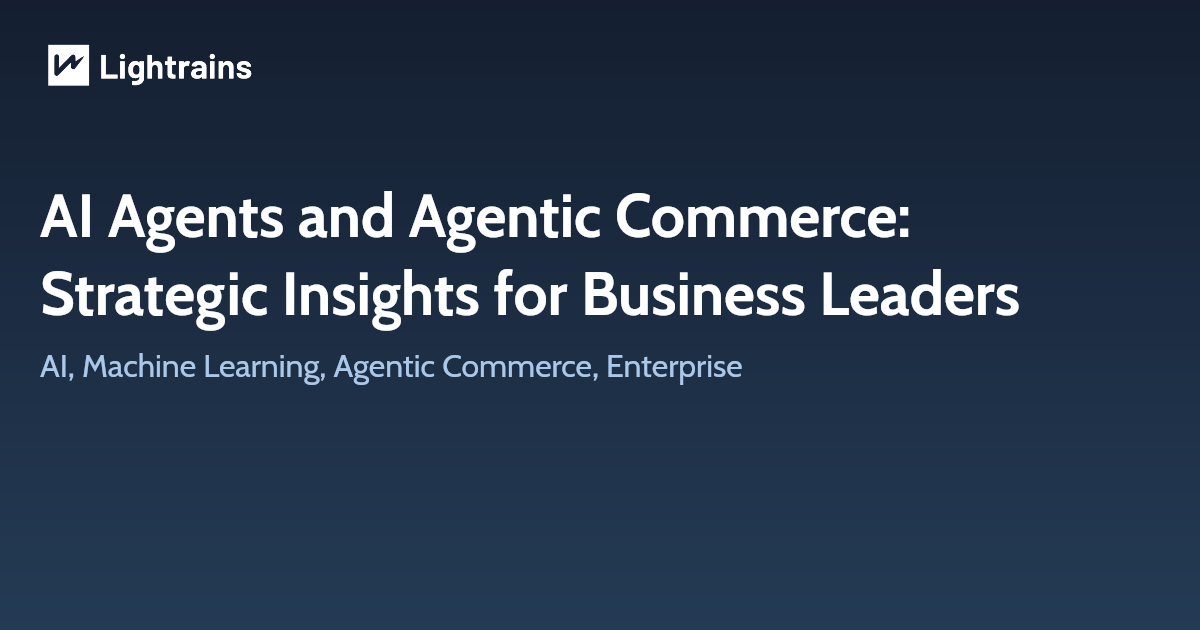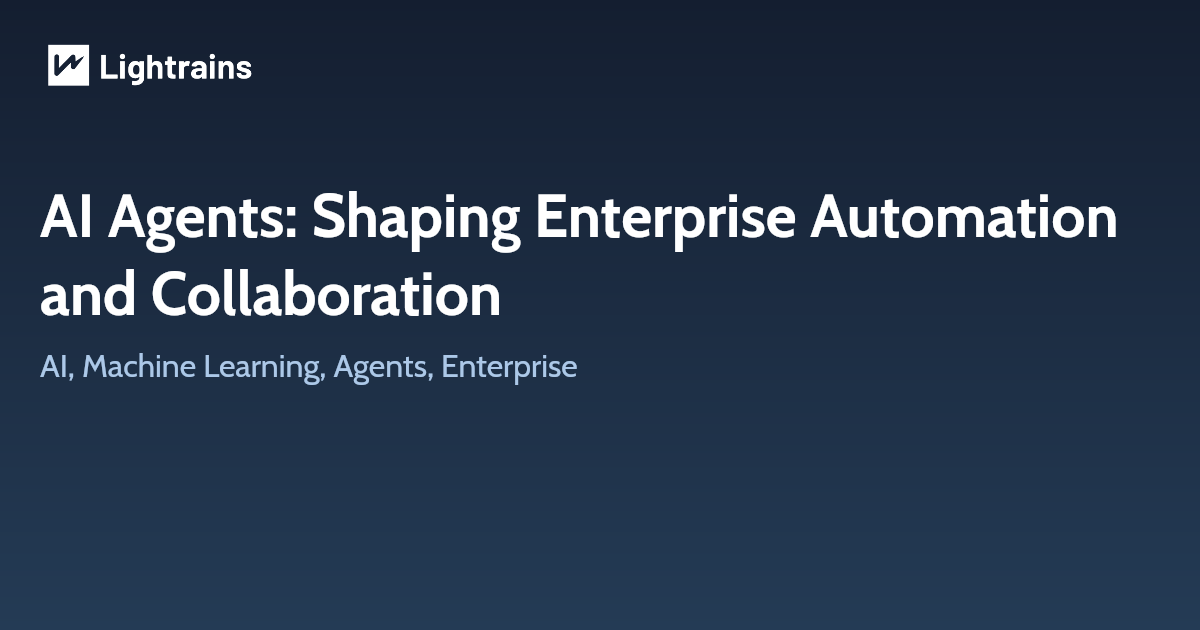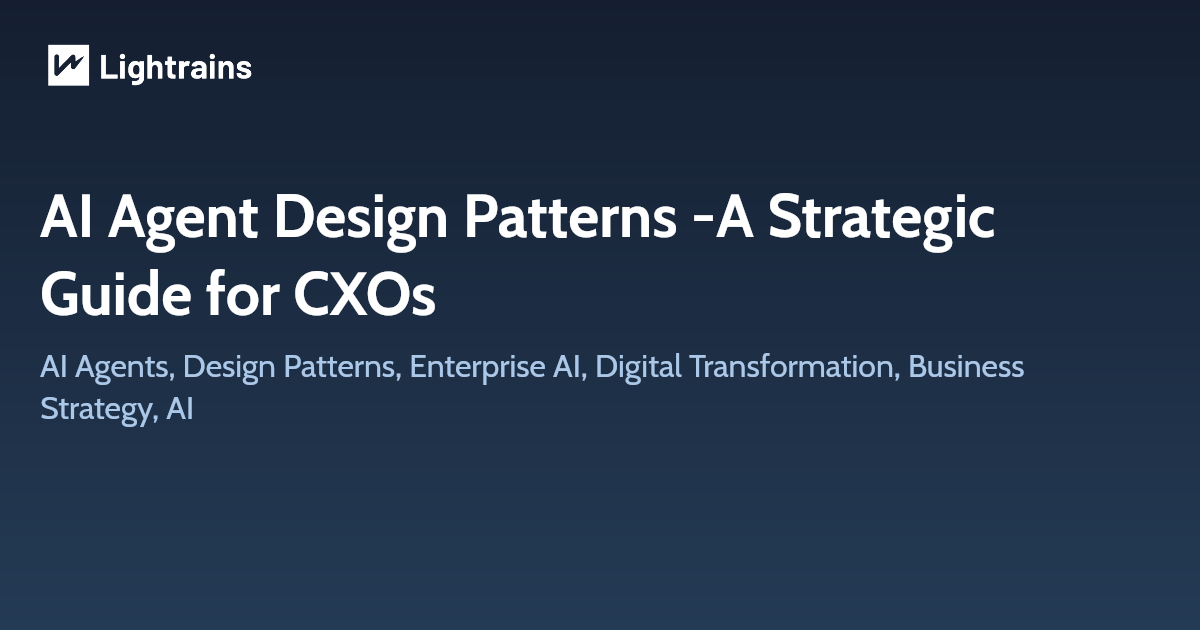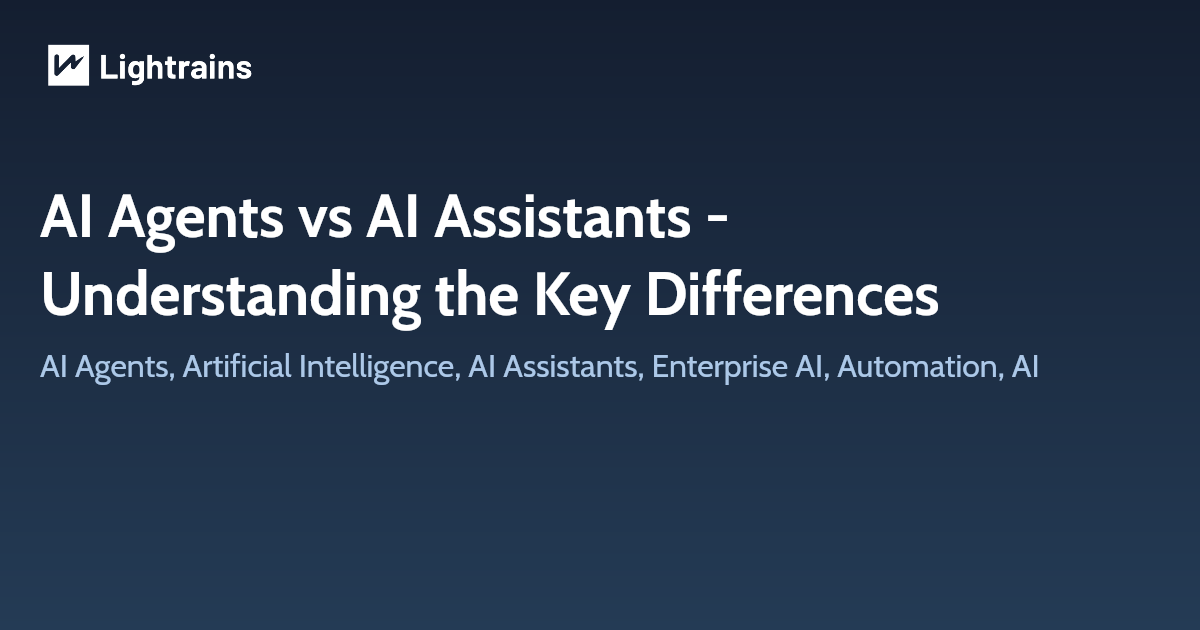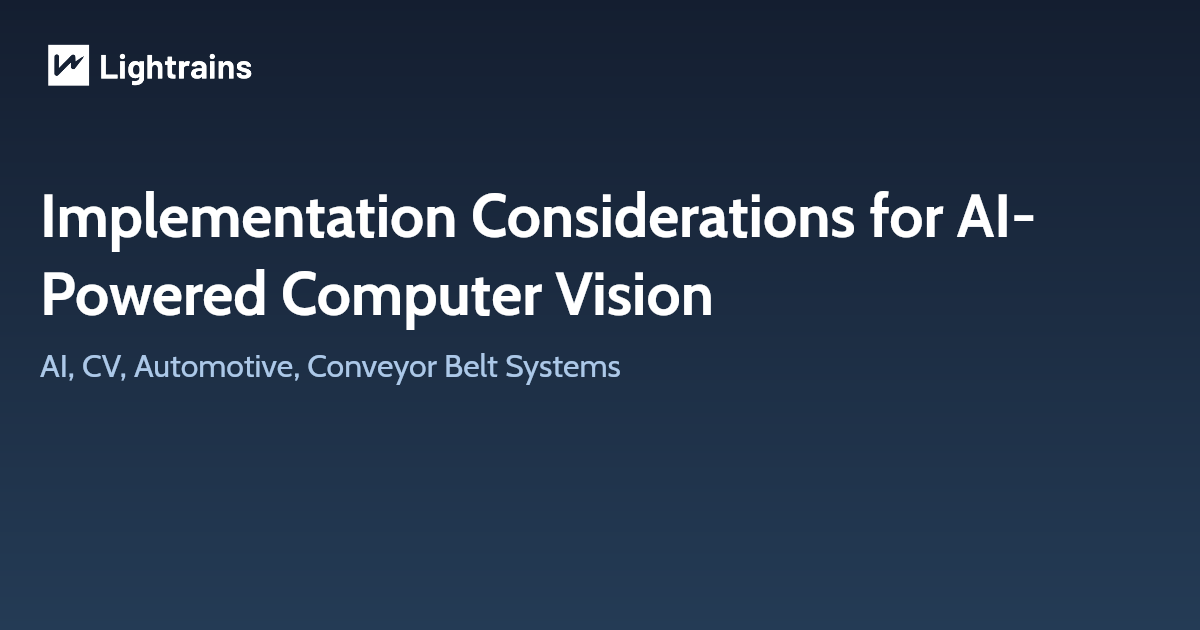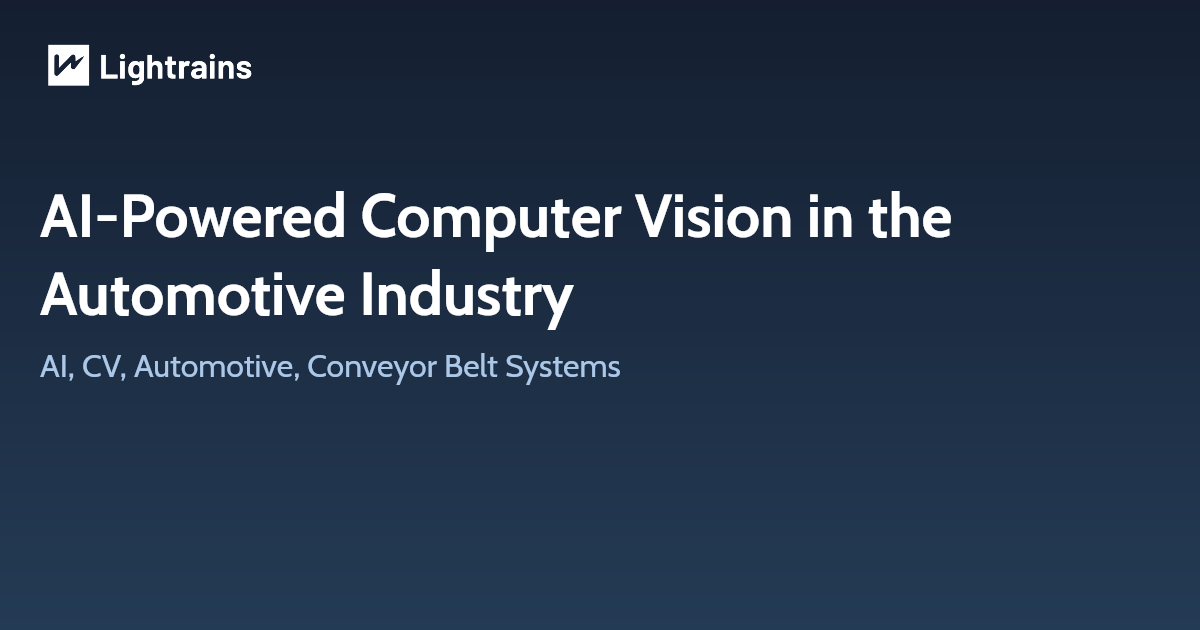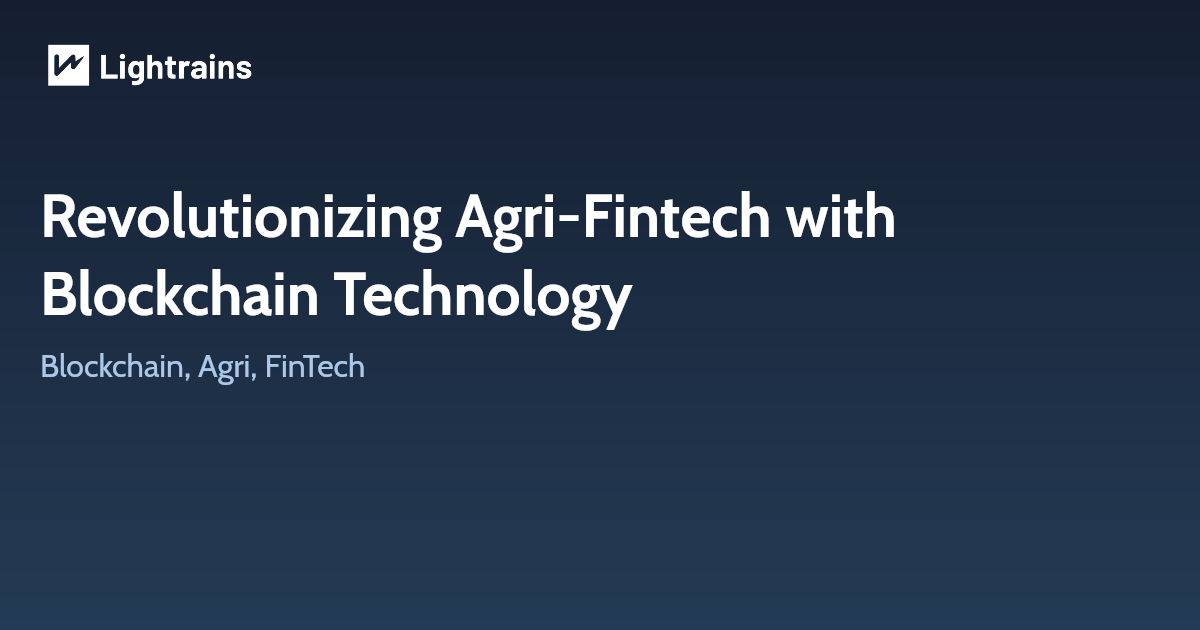
1. What is tokenization, and why is it important in LLMs?
Right, so tokenization is basically chopping text into smaller parts—tokens—so the model can actually process them. These could be words, subwords, or just characters. LLMs don’t “read” text like we do; they handle numbers, and tokenization turns words into numerical representations.
Good tokenization makes the model smarter about rare words, different languages, and, well, just being more efficient overall. If you’ve ever seen weird word splits in AI-generated text, that’s tokenization doing its thing (sometimes well, sometimes… not so well).
2. What’s the difference between LoRA and QLoRA?
Alright, so LoRA (Low-Rank Adaptation) is a way to fine-tune LLMs without making them explode in size. Instead of adjusting all model parameters, it adds trainable tweaks to specific layers. That means less memory usage and faster training.
QLoRA (Quantized LoRA) takes it further by compressing stuff—shrinking precision from 16-bit to 4-bit in some cases. Sounds like a downgrade, but actually, it keeps most of the accuracy while using way less memory. Handy when you’re running big models on limited hardware.
3. What is the role of temperature in LLM text generation?
Ah, temperature. Super important but often overlooked. Think of it as a randomness dial:
- Low temperature (0-0.5): Predictable, safe, but kinda boring.
- High temperature (1+): More creative, sometimes outright chaotic.
- Somewhere in between (~0.7): Best of both worlds.
For things like factual answers? Keep it low. For creative writing? Crank it up a little.
4. How does beam search differ from greedy decoding?
Greedy decoding is like grabbing the first thing you see—fast but short-sighted. It picks the highest-probability word at every step, which can lead to weird or overly simplistic text.
Beam search, though? It keeps multiple options open (called beams) and picks the best full sequence. It’s like brainstorming a few different routes before deciding which one actually makes sense. This helps in things like translation, where sentence structure matters a lot.
5. What are Sequence-to-Sequence (Seq2Seq) models, and how are they used?
Seq2Seq models are like two people playing telephone—one listens (encoder), the other speaks (decoder). The encoder takes the input text and compresses its meaning into some abstract form, then the decoder turns it into the output.
They’re used in translation (like English → French), summarization, and speech recognition. Older ones relied on RNNs (which were slow and struggled with long sentences), but now Transformers have pretty much taken over.
6. How do autoregressive models differ from masked models?
- Autoregressive models (e.g., GPT): Generate text one token at a time, using past words to predict the next. Perfect for chatbots, writing assistants, and creative text.
- Masked models (e.g., BERT): Fill in the blanks, literally. They train by guessing missing words in a sentence. Great for understanding language but not for generating long passages.
So, GPT talks, BERT reads between the lines.
7. What is next sentence prediction, and why is it important?
This one’s all about context. In models like BERT, Next Sentence Prediction (NSP) helps decide if two sentences actually belong together.
50% of the time, the second sentence is real; the other 50%, it’s a random one. The model learns to tell which is which. This skill is super useful in chatbots, document searches, and Q&A systems—where understanding sentence relationships is key.
8. What are top-k and nucleus (top-p) sampling in LLMs?
Two ways to control randomness in AI-generated text:
- Top-k sampling: Model picks from the top k most likely words. Keeps things controlled but sometimes a bit repetitive.
- Nucleus (top-p) sampling: Instead of a fixed number, it picks words until the probability reaches p (say, 0.9). More dynamic, so results feel smoother.
Top-k is like ordering off a short menu; nucleus sampling is more like deciding on the spot based on what’s appealing.
9. What’s the difference between Generative AI and Discriminative AI?
- Generative AI: Creates stuff—text, images, music. Think GPT, DALL-E, Midjourney.
- Discriminative AI: Sorts things into categories. Used for spam filters, sentiment analysis, fraud detection.
So one generates, the other classifies. Generative AI is the artist, Discriminative AI is the critic.
10. What are some common challenges in using LLMs?
A bunch, actually:
- Computational Cost: These models are huge. Training and running them costs a fortune in hardware.
- Bias: They pick up biases from training data, and, well… that can lead to problematic outputs.
- Interpretability: Sometimes, they just make stuff up. Good luck figuring out why.
- Data Privacy: Training on massive datasets raises ethical concerns.
- Cost of Development: Unless you’re a big tech company, getting an LLM from scratch is… unrealistic.
That’s about it!
This article originally appeared on lightrains.com
Leave a comment
To make a comment, please send an e-mail using the button below. Your e-mail address won't be shared and will be deleted from our records after the comment is published. If you don't want your real name to be credited alongside your comment, please specify the name you would like to use. If you would like your name to link to a specific URL, please share that as well. Thank you.
Comment via email